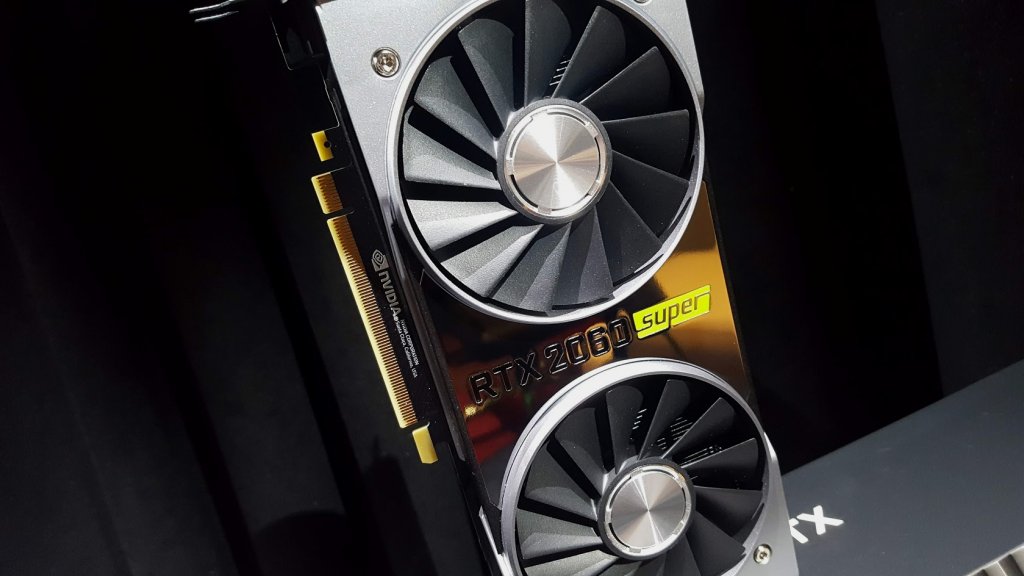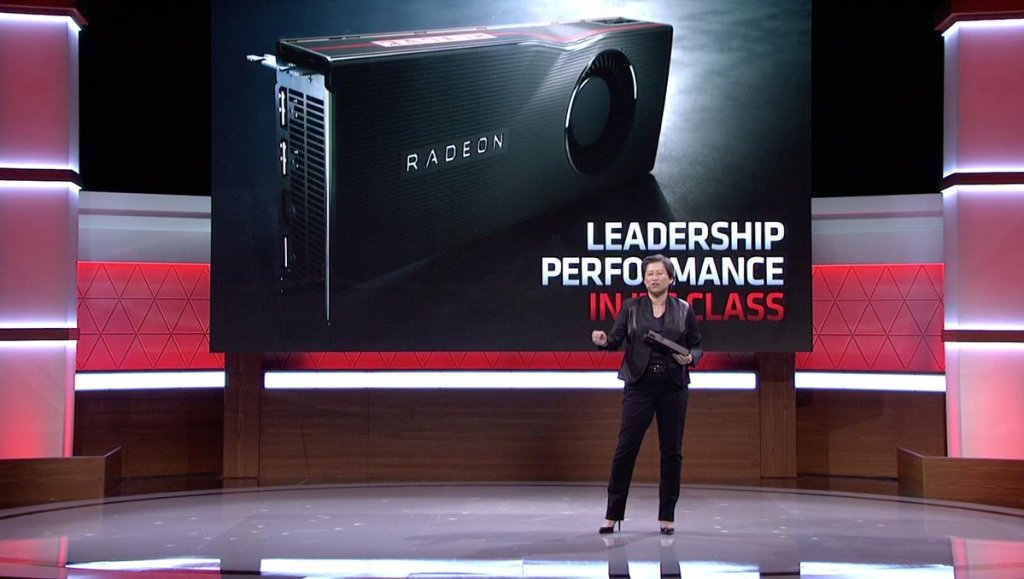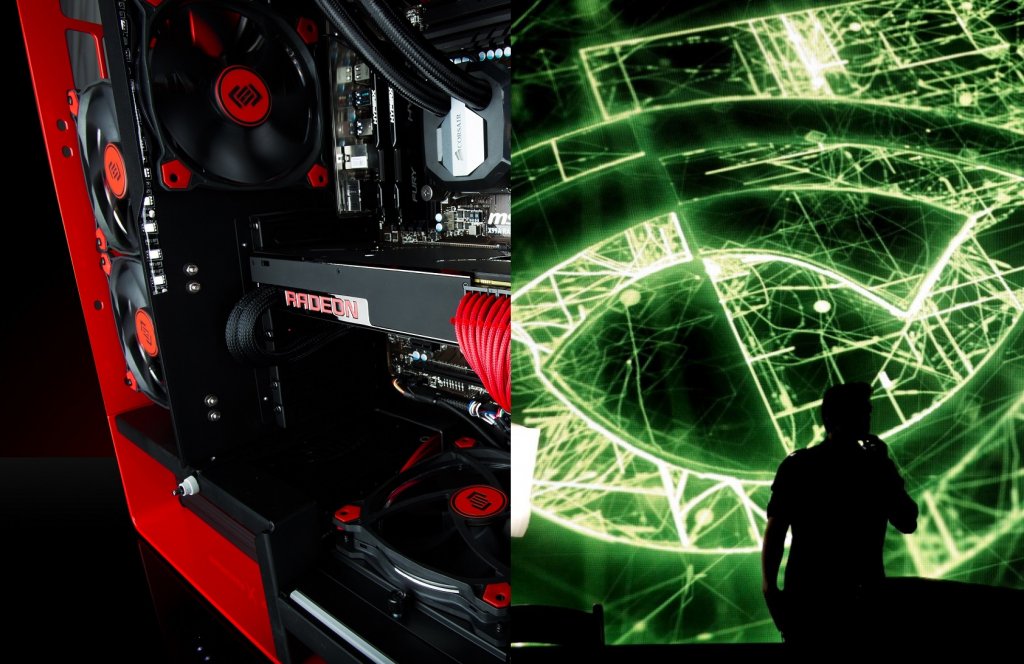
AMD’s new line of graphics cards has been the buzz of the PC gaming world for the last few weeks, following its reveal at E3 last month and impending release on July 7.
Judging by colorful and optimistic presentations by AMD staffers on-stage at E3 and subsequent announcements and talkshow appearances by Robert Hallock, AMD are quite proud of this new line of cards, and hype has been built up around them accordingly.
And then July 2nd happened. As AMD’s primary competition in the graphical processing space, Nvidia dropped a bombshell of an announcement, officially revealing its line of RTX SUPER graphics cards to compete with AMD’s 5700 and 5700 XT Navi cards. The hype train has definitely been shaken, and although we won’t have full, hands-on comparisons to draw until both sets of new cards are released, we can at least start comparing based on what we know right now.
Here’s how AMD’s new flagship cards hold up against the new SUPER announcements, using a number-by-number comparison of key specs pulled directly from AMD’s website and Tom’s Hardware. We’ll break it down based on each new AMD card, the Radeon RX 5700 and the RX 5700 XT.
Radeon RX 5700 vs. 2060 SUPER

The 5700 was touted at E3 to be better in most ways to its most direct competition, Nvidia’s RTX 2060. So, naturally, that means we should compare it to the 2060 SUPER, as that will replace the regular 2060 as Nvidia’s primary mid-tier budget card. The Radeon 5700 is packed full of new AMD features, like the brand-new RDNA (Navi) architecture and a 7nm chip, but how does it stack up against its new competition? Let’s check it line for line, looking at the most important specs.
We’re going to format it as “Spec: AMD/Nvidia”, so it will look something like “Board power: 180W/175W” where the 180 is the 5700 and the 175 is the 2060 SUPER.
Base frequency: 1465 MHz/1470 MHz
Boost frequency: 1725 MHz/1650 MHz
Memory: 8GB/8GB
Peak precision compute performance: 7.95 TFLOPs/7.2 TFLOPs
Texture units: 144/136
Transistor count: 10.3 b/10.8 b
Price: $349/$399
Radeon RX 5700 XT vs. 2070 SUPER

As the RX 5700 compares to the 2060, the 5700 XT compares directly to the next step up—the 2070 SUPER.
Base frequency: 1605 MHz/1605 MHz
Boost frequency: 1905 MHz/1770 MHz
Memory: 8GB/8GB
Peak precision compute performance: 9.75 TFLOPs/9.1 TFLOPs
Texture units: 160/160
Transistor count: 10.3 b/13.6 b
Price: $399/$499
Don’t jump to conclusions

When you’re shopping for a new GPU, it’s important right now to remember that it’s impossible to directly say AMD or Nvidia is better. Just like in most previous lines of graphics cards, both sides emphasize certain things to better appeal to their audience.
For instance, AMD’s cards are both cheaper than their closest competition, but they might not come with a bundle of Triple-A games for free. Also, AMD’s specs may edge out Nvidia’s in certain cases, such as boost frequencies and chip size, but the company’s E3 presentation didn’t focus on ray tracing at all when the cards were revealed. Nvidia, on the other hand, has focused on the feature as a key part of its cards, and explicitly states how many ray tracing cores each card has (34 and 40, respectively).
So, if you don’t care about ray tracing, due to the fact that it can take a major toll on performance in cards at this price range, AMD might be your best bet. It appears, for now, the 5700 and XT variant are more cost effective and may even be more powerful. But if you like eye candy, and you don’t want to live without ray tracing, those 34 to 40 RT cores might be a big deal to you. At the same time, AMD doesn’t even have a comparable card to the 2080 SUPER or 2080 Ti range, so if you’re looking to spend upwards of $1,200 on a GPU, that’s probably your best bet.
There’s always going to be a back and forth, and most likely, one card is better for your own individual needs. When both sets of cards are out and ready for hands-on comparisons and testing, be sure to check back in with us to get some updated comparisons.
